Monroe County likely to bring back indoor mask requirement to help stop spread of pandemic virus
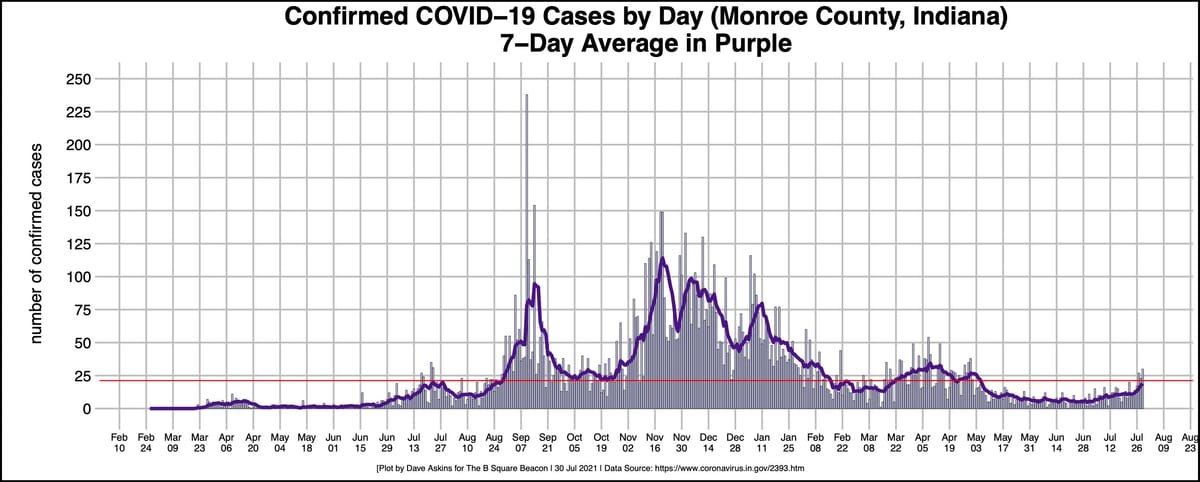
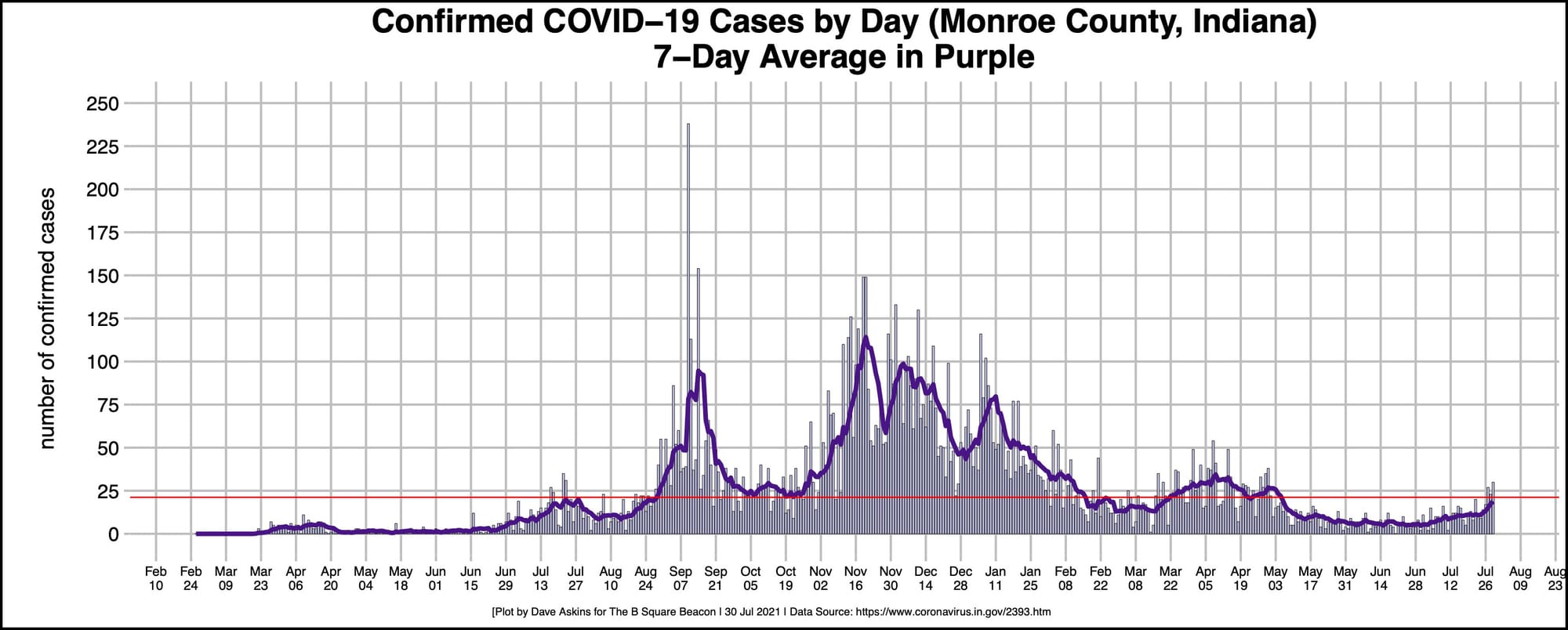
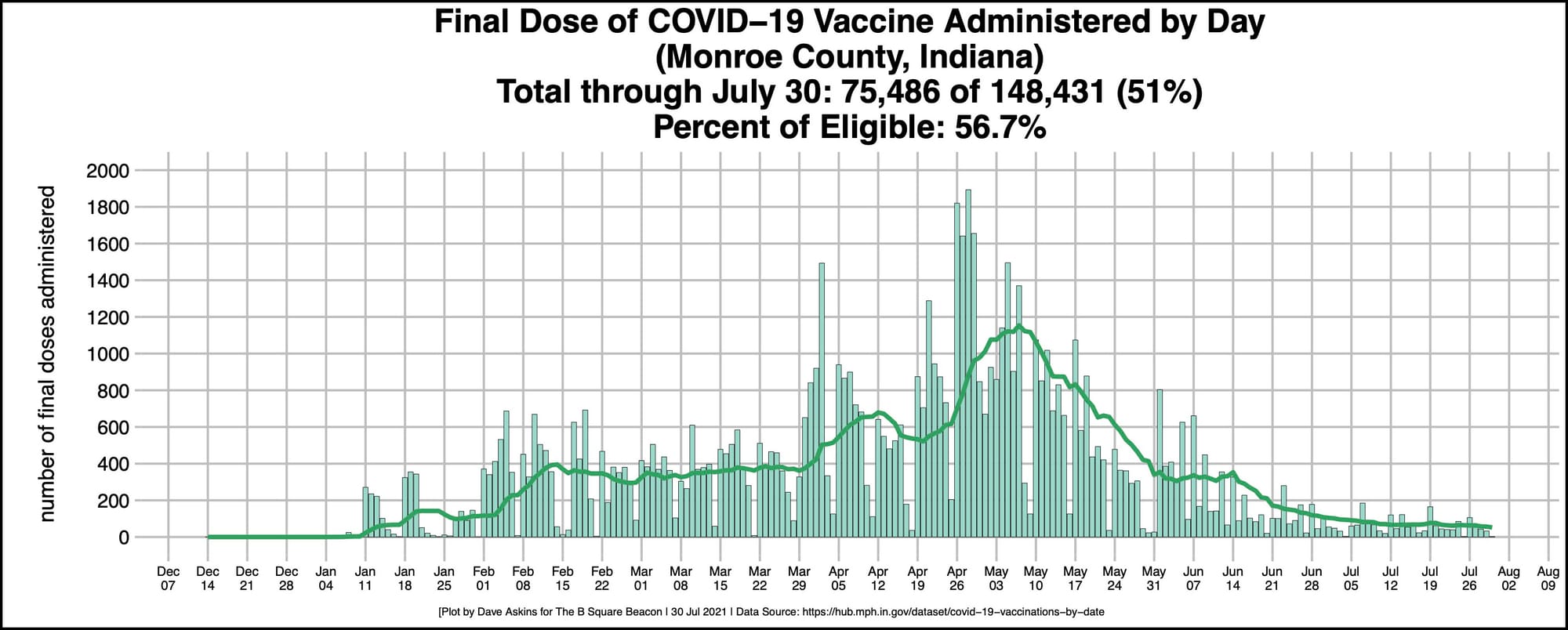
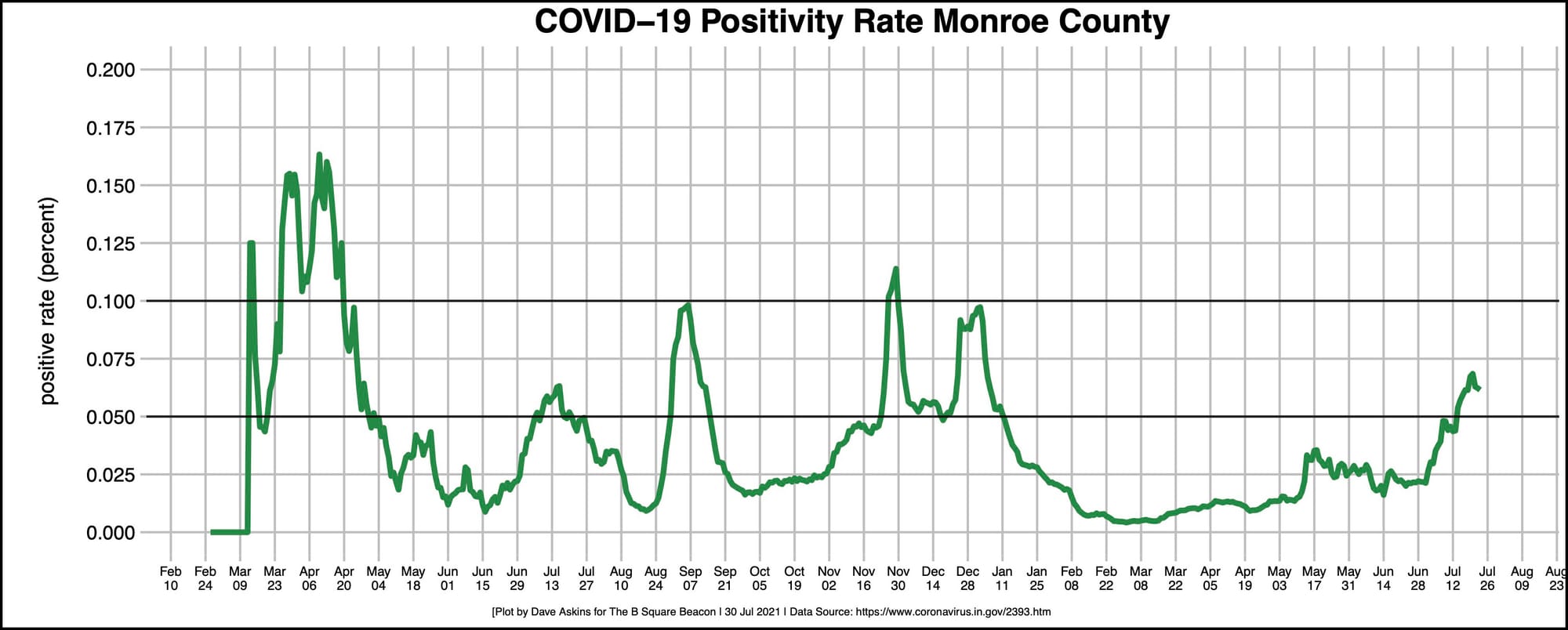
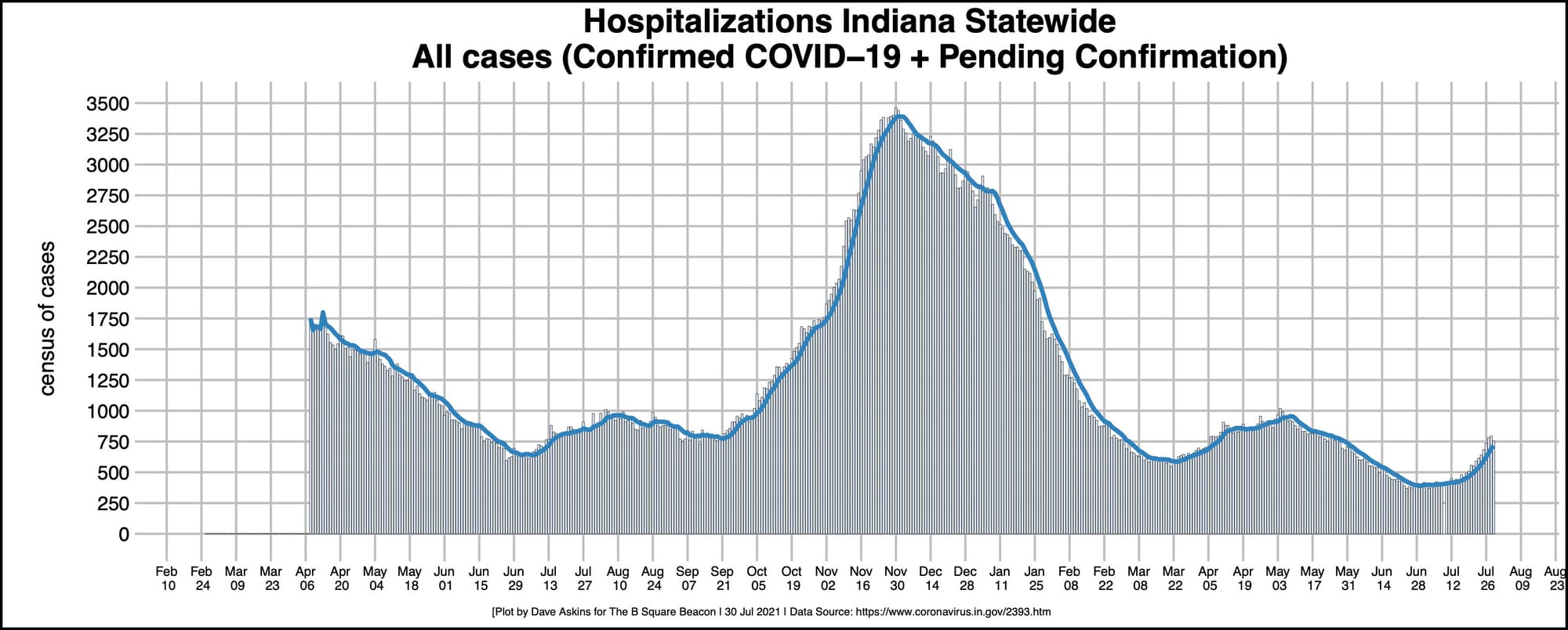
By next Wednesday, all Monroe County residents, even those who are vaccinated, will likely be under a renewed mandate to wear a mask to help prevent the spread of the COVID-19 virus.
According to Monroe County health administrator Caudill, a new order from county health officer Thomas Sharp will also say that schools should follow guidance from the CDC, the Indiana Department of Health, and the Indiana Department of Education.
What does guidance from those three entities mean for area K-12 schools? Caudill concluded: “At this time, that means masks should be worn in schools.”
The announcement about a new mask mandate came at Friday’s biweekly news conference on local COVID-19 pandemic response. The usual order of speakers was altered to put Monroe County healthy administrator Penny Caudill first, so she could deliver the news on masks.
Before announcing the new mask mandate for indoor public settings, Caudill described the negative trends that led to the decision: increased confirmed COVID-19 case numbers, increased positivity rates and increased hospitalizations, and less-than-hoped-for vaccination rates.
Caudill reported at the news conference that the county’s board of health would meet to deliberate on the mask mandate on Tuesday, Aug. 3 at 9:15 a.m. on a Zoom video conference.
The following day, at its regular Wednesday meeting, county commissioners could approve the mandate. The need for the board of county commissioners to act is due to a recent statutory change. The new law [SEA 05] requires the board of county commissioners sign off on local health orders.

Monroe County’s probable mask mandate comes after some new guidance from the Centers for Disease Control that was issued on Tuesday. The CDC is now advising people in counties where there is “substantial” or “high” transmission of the virus to wear masks in public indoor settings, even if they are vaccinated.
Monroe County is analyzed as a county with “substantial” transmission, because it has 52.55 new cases per 100,000 population in the last 7 days, according to CDC data. That’s just over the lower threshold for the “substantial” category, which starts at 50 new cases per 100,000 and goes up to 99.99 cases.
The other criterion used by the CDC to determine transmission categories is the rolling positivity rate for tests. The CDC reports a positivity rate of 6.54 percent for Monroe County, which would put it in the “moderate” transmission category, which goes from 5 percent to 7.99 percent. But the CDC takes the worse of the two categories to categorize each county.
Why did the CDC issue new guidance on masks earlier in the week? It boils down to the more-easily-transmitted Delta variant of the virus.
A statement issued on Friday by CDC Director Rochelle Walensky said Tuesday’s new guidance was based on data in the CDC’s Morbidity and Mortality Weekly Report (MMWR), also released on Friday.
According to Walensky’s statement, vaccinated and unvaccinated people alike showed high viral loads when infected with the Delta variant. According to Walensky’s statement, “High viral loads suggest an increased risk of transmission and raised concern that, unlike with other variants, vaccinated people infected with Delta can transmit the virus.”
The state of Indiana’s COVID-19 dashboard now indicates that for the month of July, of the positive tests that were sampled and sequenced genetically, 94.3 percent showed the Delta variant.

The number of positive COVID-19 cases in Monroe County has trended upward, starting at the end of June. In late June, the rolling 7-day average of cases was around 5 per day. As of Friday, at near the end of July, the average had almost quadrupled, to 19 cases a day.
That’s approaching a threshold of 21.2 cases a day. That’s the daily average below which Monroe County needs to stay in order to remain in the “yellow” category for weekly cases per 100,000 residents, in the state’s dual-metric color-coded classification scheme. The “yellow” category goes from 10 to 100 weekly cases per 100,000. More than 100 cases per 100,000 would put Monroe County into the “orange” category for that metric.
Since early this year, Monroe County has had the best-possible score for positivity, because the county’s positivity rate has stayed under 5 percent. But that’s no longer true, because Monroe County’s positivity rate has climbed from 4.4 percent in mid-July to more than 6 percent for about the last week.
At Friday’s news conference, Caudill made a connection between the lower-than-hoped-for vaccination rates for Monroe County and the increase in cases: “When we removed the health regulations earlier this summer, vaccinations were rising, cases were dropping, and we fully expected that to continue. Unfortunately, it has not.”
Of the 148,431 residents of Monroe County, 75,486 have been vaccinated. That’s about 51 percent of the total, including those who are younger than 12 years old and not eligible.
The current rolling 14-day average for Monroe County residents getting fully vaccinated is about 52 per day. Achieving vaccination for 70 percent of the total population (103,901 of 148,431 people), would mean vaccinating another 28,415 people. At the current pace of 52 a day, that’s 546 days, or about another year and a half.
Caudill said on Friday, “If you’ve been holding off on being vaccinated, now’s the time to ask those questions of your health care provider or other trusted source.”
Caudill added, “Get vaccinated if you’re not, and help others get vaccinated when you can. Vaccine is available. It’s free, it’s safe and it’s effective.”




Comments ()